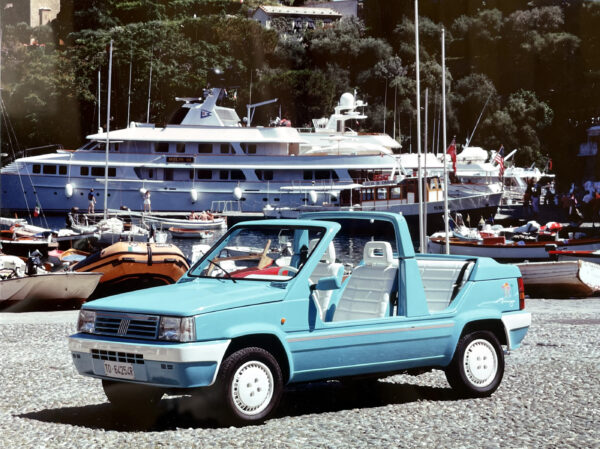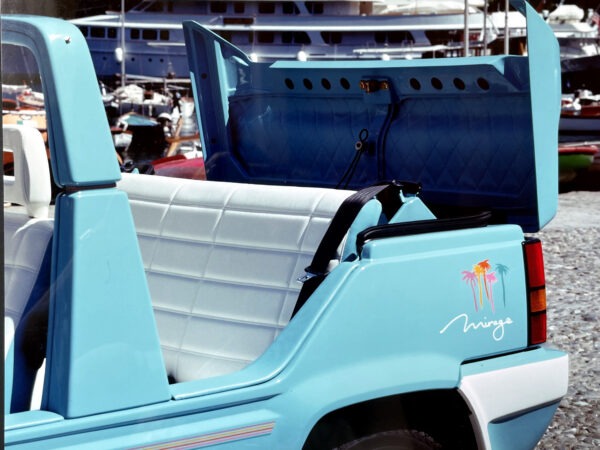In the ever-evolving tapestry of automotive excellence, there exists a singular masterpiece that transcends the ordinary—the Fiat Panda Destriero. Born from the creative vision of the Stola family and brought to life by the skilled hands of designer Aldo Garnero, this coastal marvel emerged as a testament to the limitless possibilities of automotive craftsmanship. Let us embark on a detailed exploration of the Panda Destriero’s journey, from its inception as the Panda Mirage to its evolution into a symbol of “Dolce Vita” and sophistication.
The Genesis: Panda Mirage and the Las Vegas Inspiration
In the early 1990s, the Stola family, owners of Stola Spa, found themselves captivated by the allure of Las Vegas and the Mirage hotel. Enthralled by the glamour and magic, the family sought to translate this inspiration into a unique automotive creation: a beach car, or Spiaggetta, akin to the iconic Fiat 500 and 600 Jolly. However, being primarily involved in collaboration with automotive design centers, the Stola family needed a creative force to bring their vision to life.
Enter Aldo Garnero, a renowned designer with a track record that included collaborations with Iveco and significant contributions to the development of the Lancia Beta HPE. Garnero’s expertise and creative prowess made him the ideal partner for transforming the Stola family’s vision into reality.
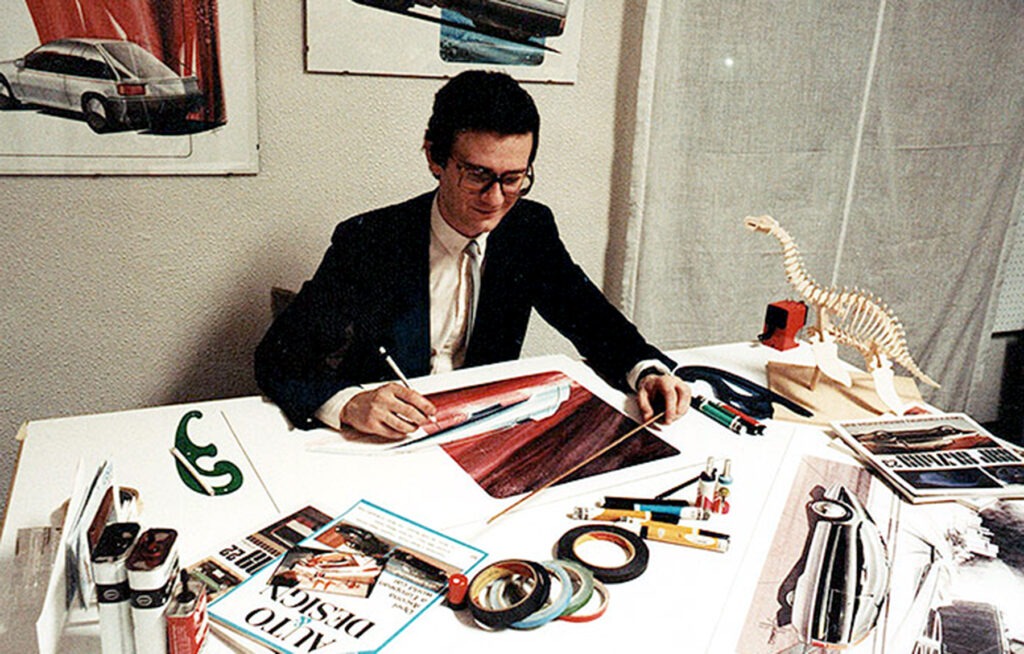
The resulting prototype, named the Panda Mirage, made its debut in Portofino in 1991. Yet, the journey had just begun, and destiny had a more intricate plan for this seaside marvel.
Fiat's Interest: The Birth of Panda Destriero
The automotive landscape is rife with serendipitous encounters, and the Panda Mirage found itself on Fiat’s radar. Fiat’s interest in the Mirage stemmed from a perceived alignment with the Destriero speedboat project, adding a new layer of significance to the beach prototype.
Modifications were proposed and executed, leading to the transformation of the Panda Mirage into the Panda Destriero. The white bumper was discarded, and a new logo adorned its exterior, marking a symbolic evolution. This marked the beginning of the Panda Destriero’s journey as Fiat’s unique creation, destined to become an emblem of luxury and innovation.
Auto Show Debut and Yachting Club Costa Smeralda Collaboration
The Panda Destriero was unveiled at the 1992 Turin Auto Salon, where Fiat dedicated a stand exclusively to showcase this extraordinary creation. The response was overwhelming, with automotive enthusiasts and connoisseurs recognizing the Panda Destriero as a symbol of the new “Dolce Vita”.

Simultaneously, the Fiat Panda Destriero found itself associated with a prestigious project involving the Agnelli family and the Yachting Club Costa Smeralda. The collaboration was in conjunction with the Nastro Azzurro speed record attempt between England and New York via ship. The Panda Destriero was destined to become more than just a beach car; it was a symbol of collaboration between automotive prowess and maritime excellence.
Agnelli's Personal Touch: Crafting a Unique Iteration
The saga of the Panda Destriero took an unexpected turn when a second speciment was commissioned for the passionate beach car enthusiast, L’Avvocato Agnelli. This second version was intended to be a surprise gift, but surprises in the automotive world often come with twists.
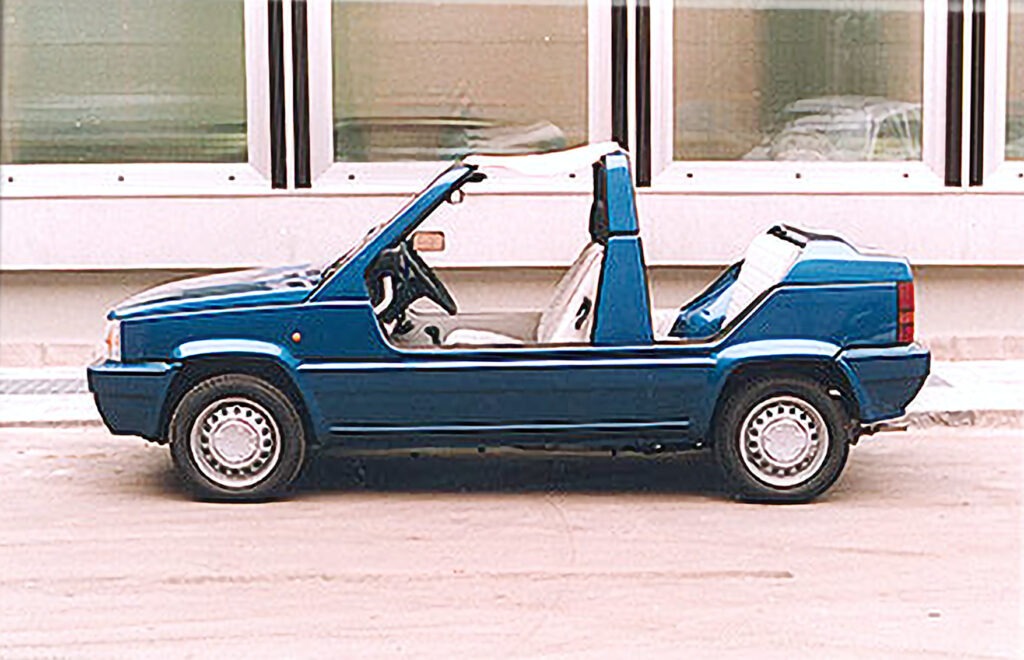
Upon receiving the Panda Destriero, Agnelli desired a personalized touch. The second version featured a distinctive blue color, named “Agnelli Blue,” and gray interiors, offering a unique twist to the original design. This personalized touch not only added to the exclusivity of the Panda Destriero but also showcased the flexibility and customization possibilities inherent in such unique projects.
Safety First: Reinforcing Excellence in Design
While the Panda Destriero was a limited-production one-off, it had to meet stringent safety standards. Stola Spa undertook a comprehensive reinforcement project, focusing on the B-pillars and stiffening members to ensure robustness and safety. This meticulous attention to structural integrity complemented the luxurious details and nautical-themed interiors, making the Panda Destriero not just a stylish beach car but also a paragon of safety.
The use of marine-grade materials for the interior not only enhanced the beachside aesthetic but also addressed practical concerns, ensuring durability in the face of sun, sand, and sea. The handling and comfort of the Panda Destriero were paramount, making it feel more substantial than a typical Panda, thanks to the structural reinforcements and attention to detail.
Homologation and Approval: Fiat's Seal of Excellence
The car underwent thorough homologation, earning Fiat’s approval and showcasing its compliance with safety regulations. This process attested to the meticulous engineering and design considerations that went into the creation of the Panda Destriero.
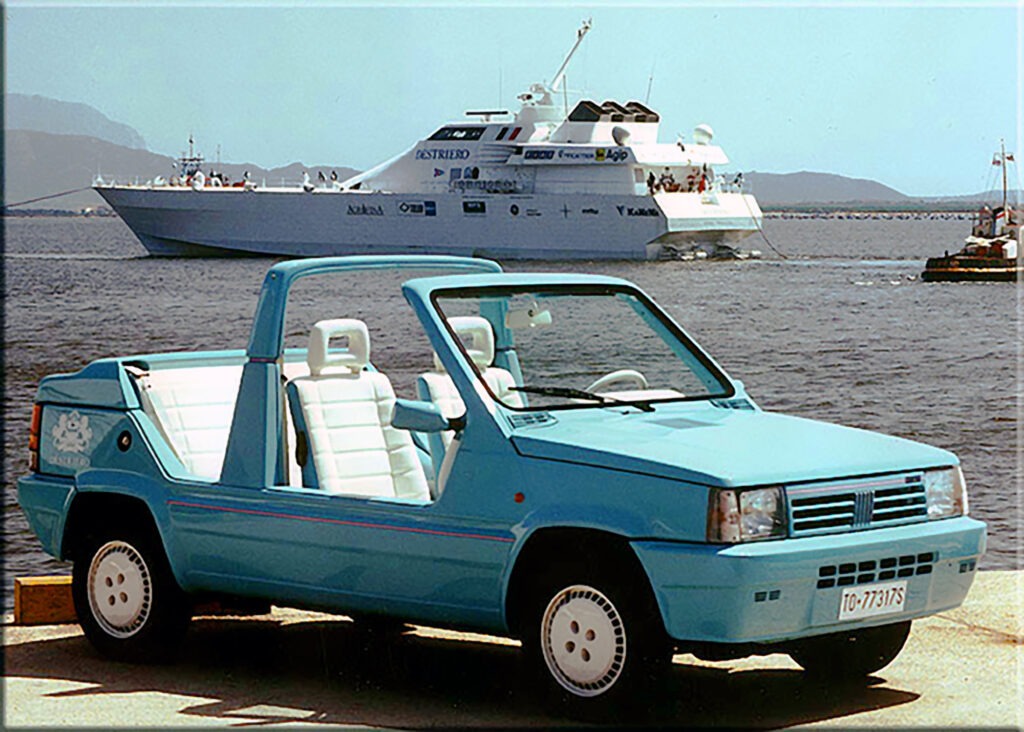
Beyond its visual appeal, the Panda Destriero serves as a testament to the enduring spirit of creativity and craftsmanship that continues to shape the world of exclusive automotive design. Its association with Fiat and the Agnelli family adds to its storied legacy, cementing its place as a unique chapter in the automotive chronicles.
Nautical Touch: Designing for Coastal Luxury
One of the distinctive features of the Panda Destriero lies in its commitment to capturing the essence of coastal luxury. The nautical theme permeates every aspect of its design, from the choice of materials to the color palette. The use of marine-grade materials not only enhances the durability of the interior but also adds a touch of authenticity to the beach car concept.
The interiors, crafted with meticulous attention to detail, feature materials that resist the corrosive effects of saltwater and sun exposure. The careful selection of colors and textures creates an ambiance reminiscent of a luxury yacht, ensuring that the Panda Destriero seamlessly merges automotive excellence with the leisurely charm of coastal living.
Electric Dreams: The "Watt"
As the automotive landscape evolved, the Stola family contemplated an electric version of the Panda Destriero. The early 1990s were a time when electric vehicles were still in their infancy, and the practicality of such a concept was a subject of exploration. The Fiat Panda had its electric variant, albeit with limited range, offering a glimpse into the potential electric future.
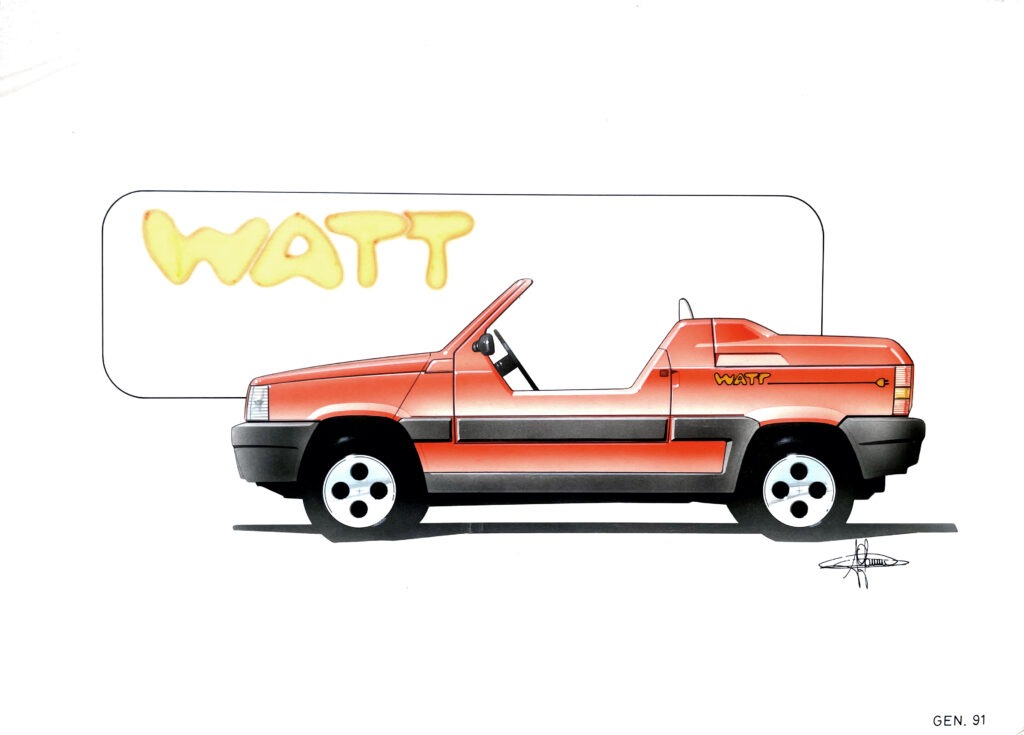
In a playful nod to the emerging world of electric vehicles, the potential electric version of the Panda Destriero was aptly named “Watt.” The whimsical name encapsulated the family’s forward-looking vision and acknowledged the evolving role of electric power in the automotive realm. However, practical considerations and the prevailing technology of the time led the family to opt for the conventional petrol-powered version, preserving the authenticity of the Panda Destriero’s design.
Enduring Legacy: The Fate of the Agnelli Fiat Panda Destriero
As the Panda Destriero completed its journey from conceptualization to production and beyond, it found itself entwined with the Agnelli family’s legacy. The second iteration, gifted to the passionate beach car enthusiast, lawyer Agnelli, became a symbol of personalized luxury and a cherished possession.
Rumors and anecdotes suggest that this personalized Panda Destriero remained in the possession of the Agnelli family, housed in a Corsican manor in Calvi. Its fate remains shrouded in mystery, adding an air of mystique to the legacy of this extraordinary beach car.
Conclusion: A Timeless Masterpiece
In conclusion, the Fiat Panda Destriero stands as a timeless masterpiece that transcends the boundaries of conventional automotive design. Its journey from the conceptual Panda Mirage to the finalized Panda Destriero is a narrative rich with creativity, collaboration, and a relentless pursuit of excellence.
The Stola family’s vision, Aldo Garnero’s design prowess, Fiat’s collaboration, and the Agnelli family’s personal touch collectively shaped the destiny of the Panda Destriero. From auto show debuts to coastal collaborations, from safety considerations to personalized iterations, every chapter in its story adds to the allure of this beach car marvel.
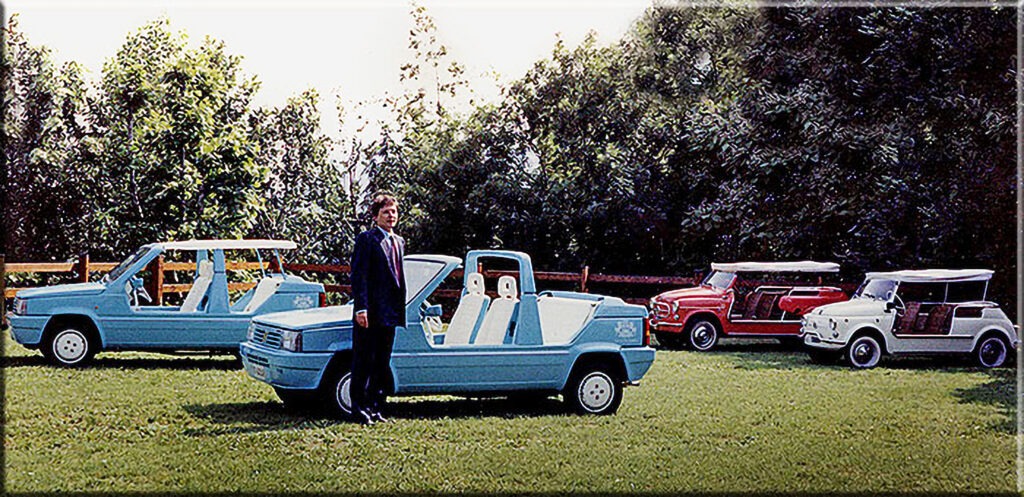
The Panda Destriero’s enduring legacy serves as a beacon for the automotive world, reminding us that true excellence lies not only in form and function but also in the stories we weave around our creations. As we reflect on the Panda Destriero’s journey, we celebrate not just a car but a symbol of innovation, craftsmanship, and the indomitable spirit of those who dare to dream beyond the ordinary.

